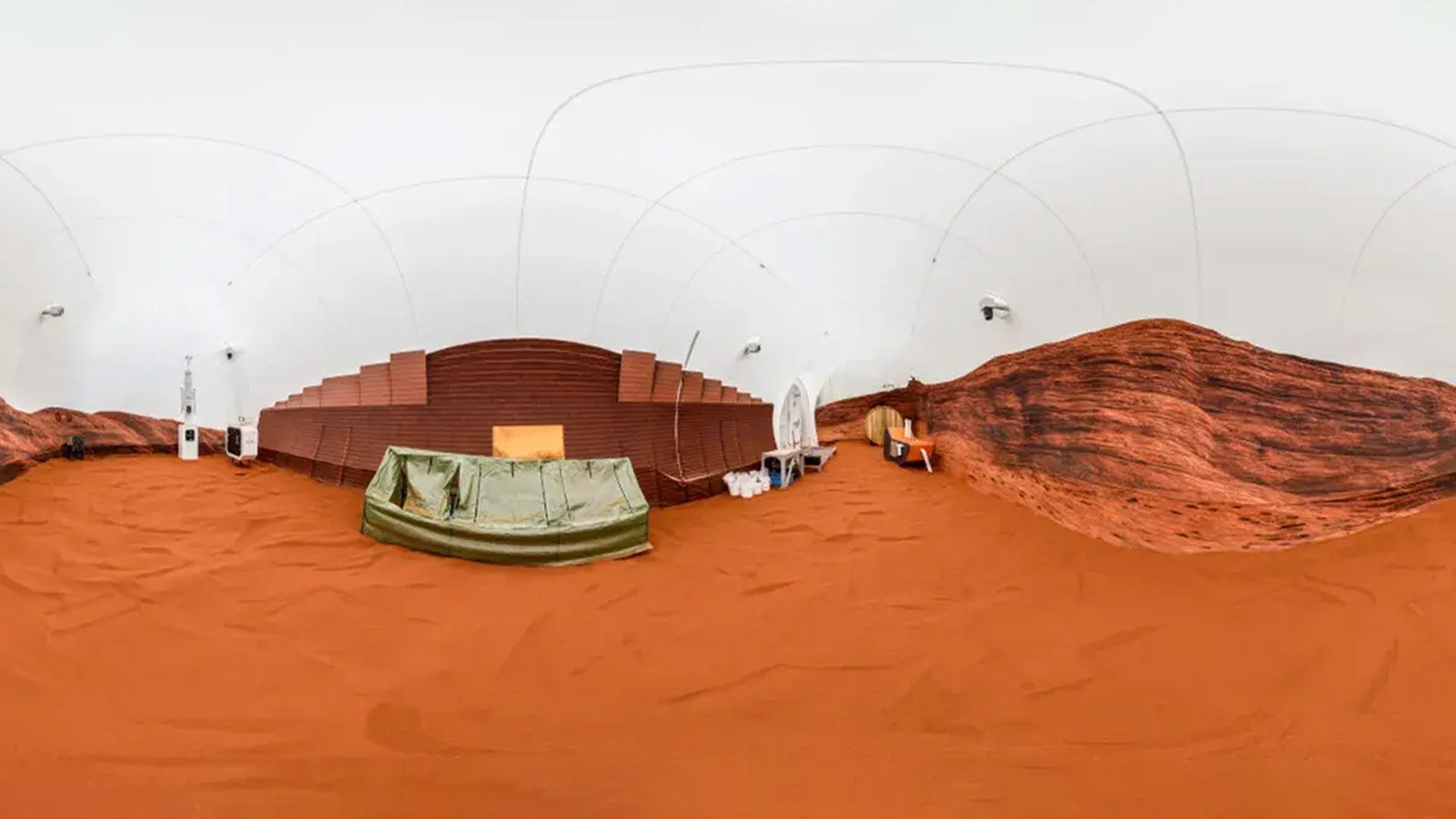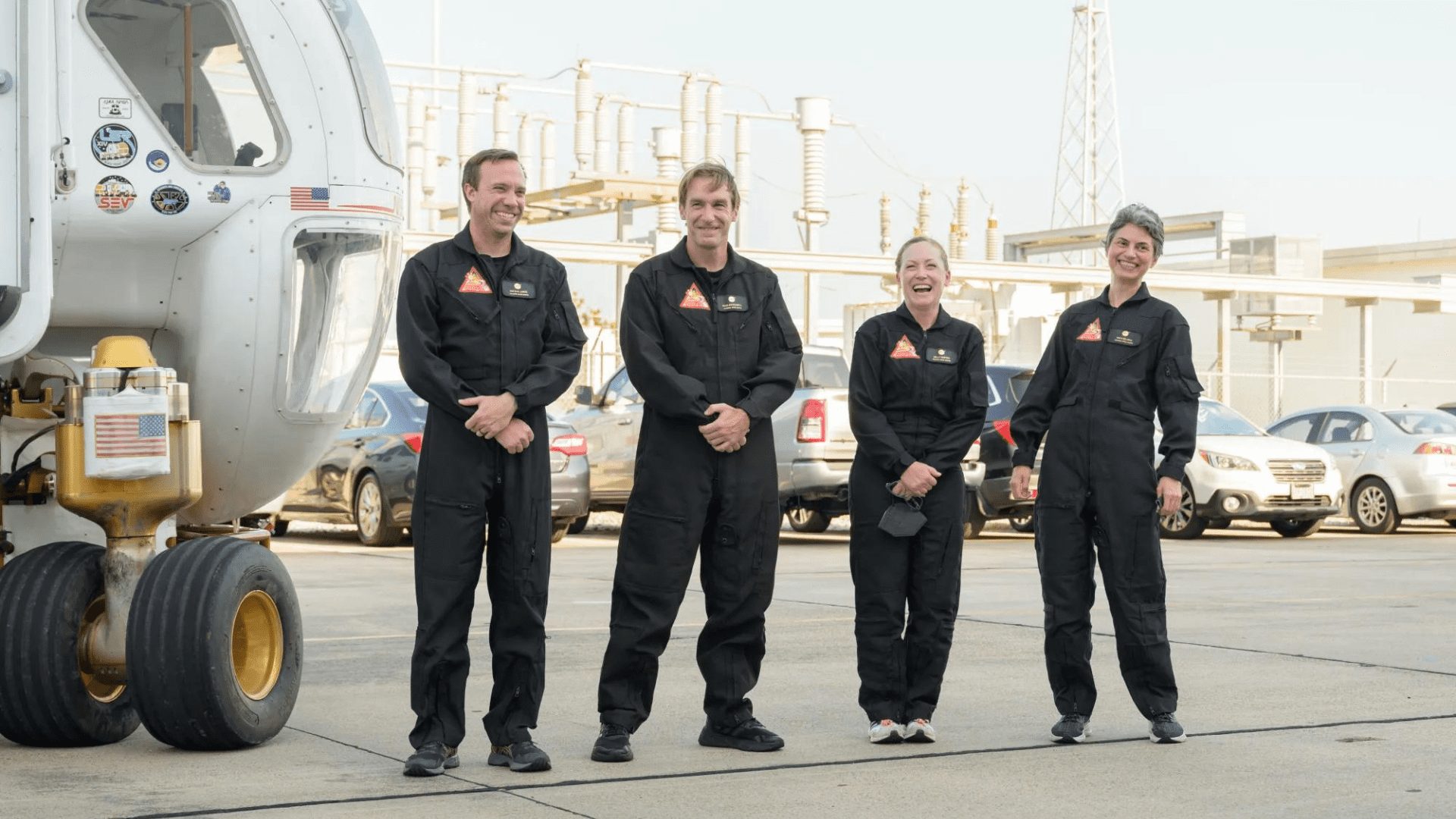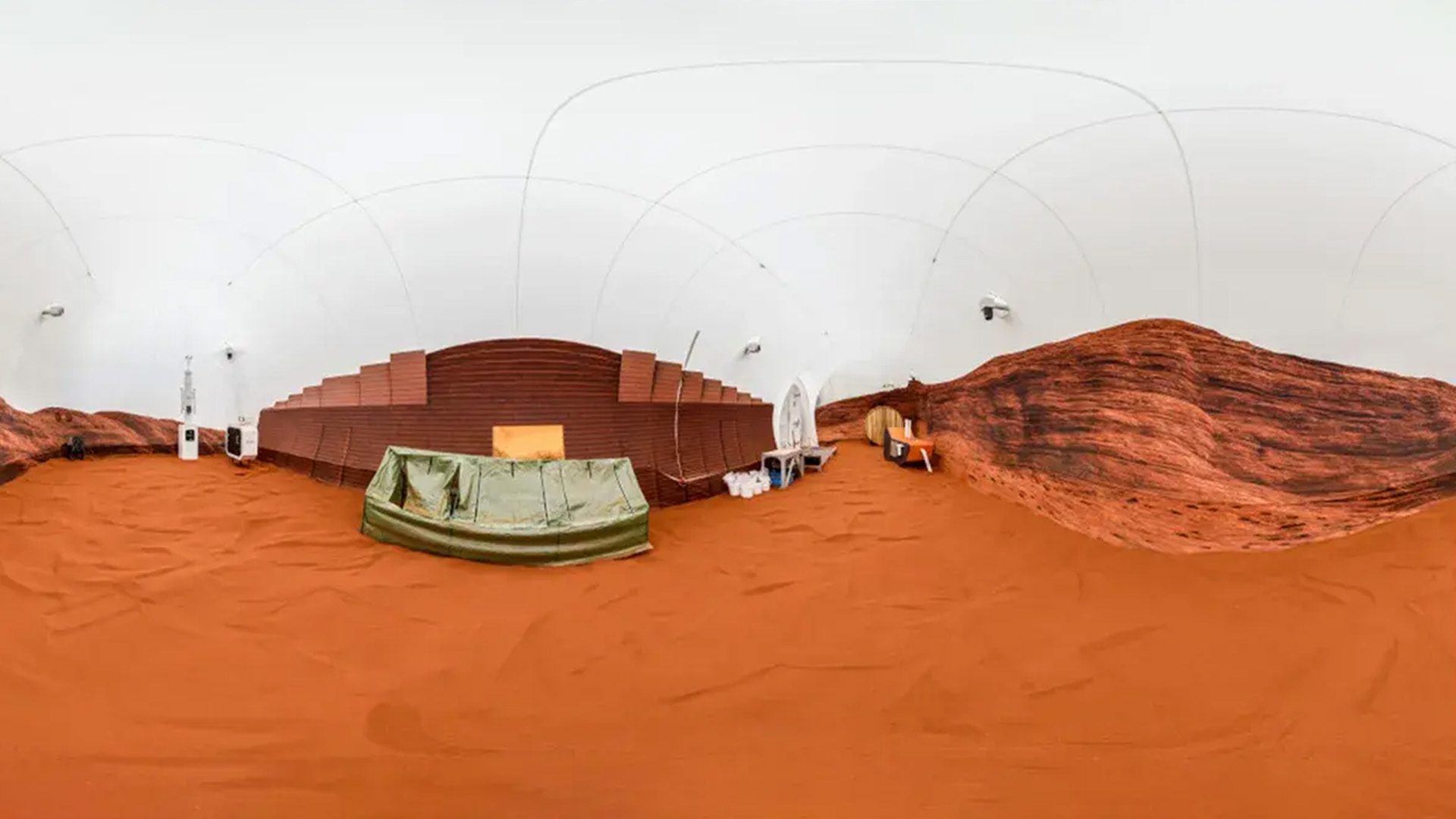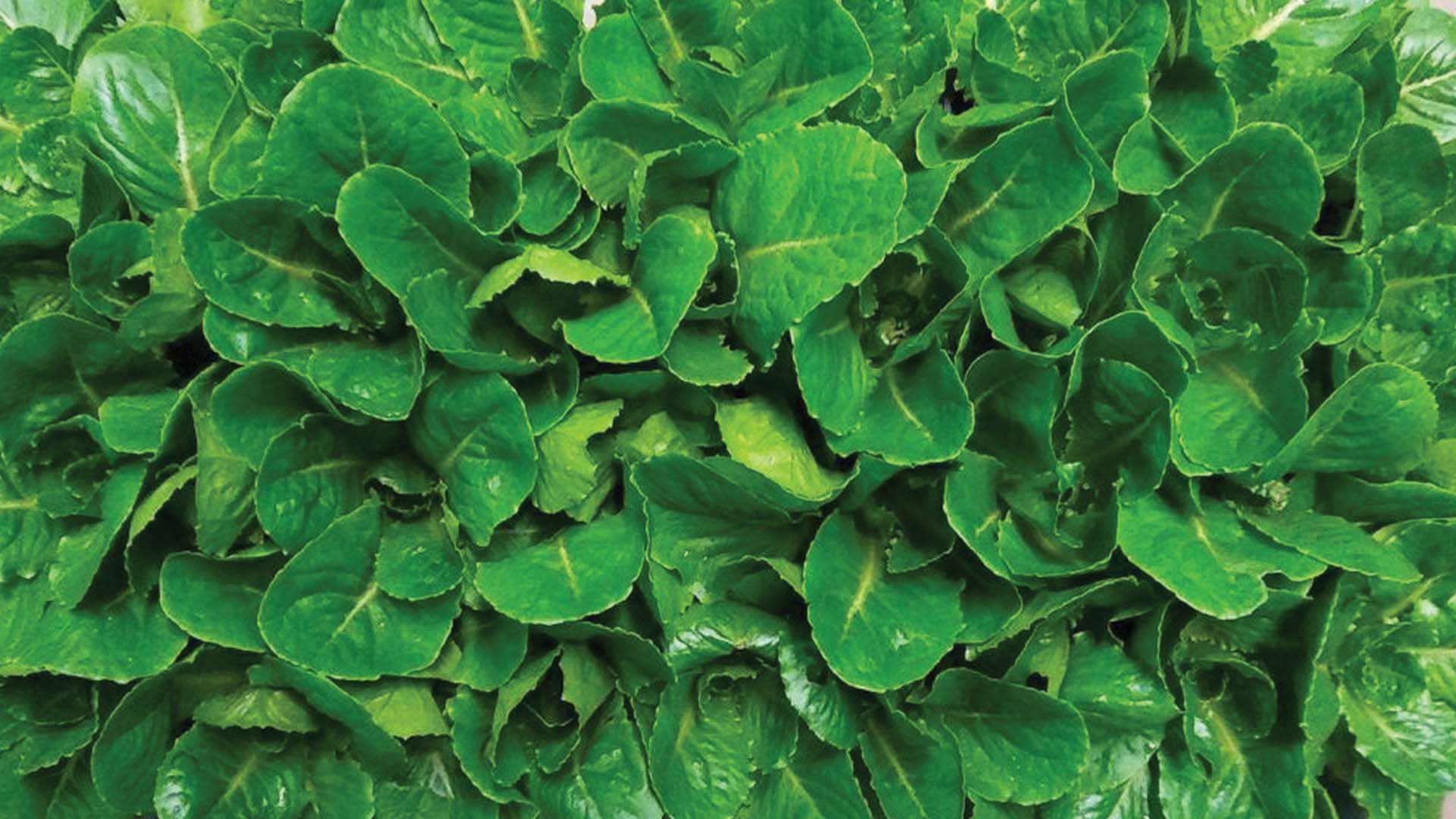NASA is looking for another group of four volunteers for the next simulated trip to the surface of Mars. This is the second group out of three set for the one-year trip to the replicated red planet.
CHAPEA
The second of three ground-based missions, called Crew Health and Performance Exploration Analog (CHAPEA), is scheduled for the Spring of 2025. Each CHAPEA mission involved a four-person volunteer crew that lives and works inside a 1,700-square-foot, 3D-printed habitat based at NASA’s Johnson Space Center in Houston.

The habitat is called Mars Dune Alpha. It simulates several challenges of a mission to Mars. For example, volunteers face resource limitations, equipment failures, communication delays, and other environmental stressors. Additionally, the crew takes part in real-life mission tasks like spacewalks, robotic operations, habitat maintenance, exercise, and crop growth.
Picking the Crew
NASA is looking for healthy and motivated U.S. citizens who don’t smoke. Ideally, the applicants fall between the age range of 30-55 years old. Candidates need to be proficient in English to communicate with other crew members and mission control. Furthermore, NASA is looking for people with a desire and passion for the work. Candidate selections follow standard NASA criteria for astronaut candidate applicants. Among the qualifications, potential crew members must have experience in the STEM field. The application deadline is April 2.
Explore Tomorrow's World from your inbox
Get the latest science, technology, and sustainability content delivered to your inbox.
I understand that by providing my email address, I agree to receive emails from Tomorrow's World Today. I understand that I may opt out of receiving such communications at any time.
Current Crew

The current crew of four includes Kelly Haston, Ross Brockwell, Nathan Jones, and Anca Selariu. Mission scientists continue to monitor the crewmembers until their return to society. It’s been almost nine months since the first group of volunteers entered the Mars-like habitat. The crew depends on freeze-dried, thermostabilized, and shelf-stable food items.
Why It’s Important
The CHAPEA missions allow NASA to characterize the risk of the planned exploration food system design concerning crew health and performance. Additionally, it informs NASA about things that astronauts may need on long-duration missions. In a statement, CHAPEA’s principal investigator Grace Douglas said, “The simulation will allow us to collect cognitive and physical performance data to give us more insight into the potential impacts of long-duration missions to Mars on crew health and performance.”
Ultimately, the missions help scientists plan for successful missions to Mars.







